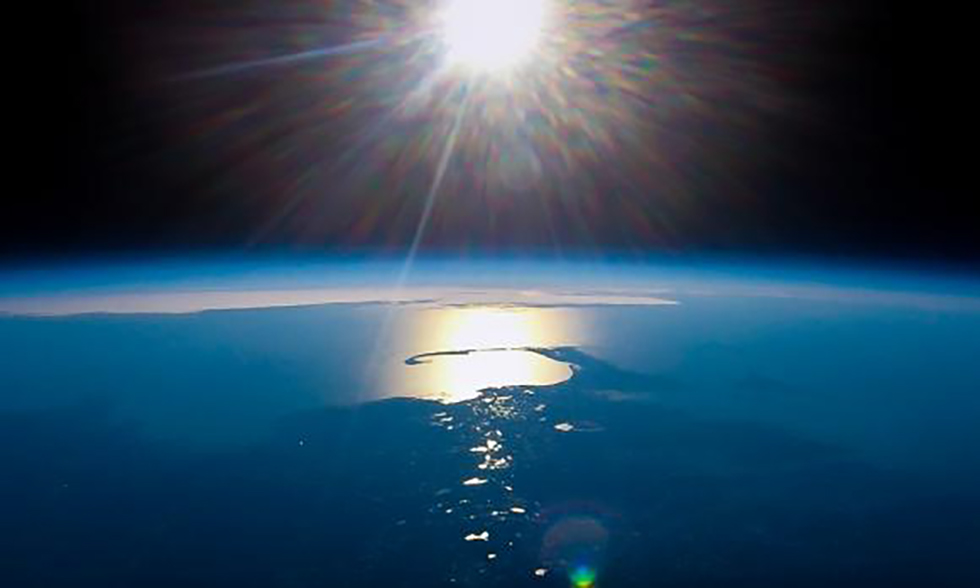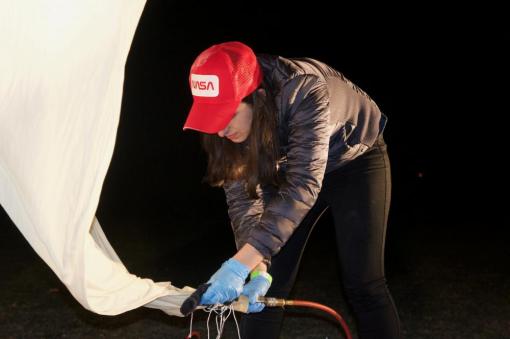Specifically, the camera comes with a kill switch that shuts it down at extreme temperatures. The students need to override that sensor if they want to snap pictures high in the atmosphere, where temperatures can dip to -70 degrees Fahrenheit.
The team has been experimenting with various override strategies. So for, the most promising solution is a somewhat low-tech one: hand warmers. By packing the camera with disposable hand-warmer packets, they think they can keep it warm enough to avoid shutting down.
That kind of simple, inexpensive solution is in keeping with the group's mission, Belcaster says.
"The main thing our organization is trying to do is to improve the cost-effectiveness and accessibility of space," he said. "So if we can get this off-the-shelf 360-degree camera to the edge of space and make it perform well with simple modifications, that fits with our core values."
The second major test is on the transmission and receiving equipment needed to broadcast live images to the web. The transmitter aboard the balloon will send a signal to a mobile base station in the car the students will drive under the balloon's flight path.
"Half the team has been spending a great deal of time to try to figure out how to send the images back down to Earth so we can watch them in real time," Belcaster said. "We'll find out on Sunday if the radios and transmitters are strong enough or if our antenna is good enough."
If all goes well, these are potential systems that could be used on future satellites that the club designs. The team has been working on their current satellite since 2011, and received approval for a NASA launch in 2014. Belcaster is hoping that the testing done on these balloon flights might speed up production of future student satellites.
"We're trying to cut down on the time it's taken to get EQUiSat into space," he said. "We'd like to bring that down to maybe two years or so for the next one."
The stream will be available on YouTube at www.youtube.com/watch?v=itGbB4vcUOc or at http://brownspace.org/Owen.

